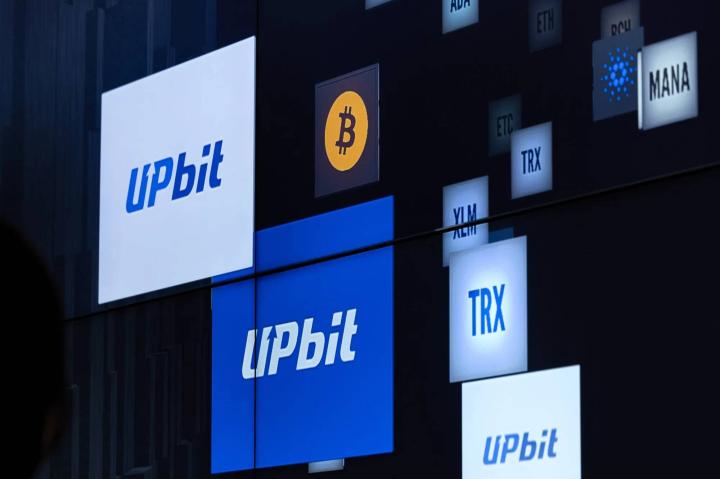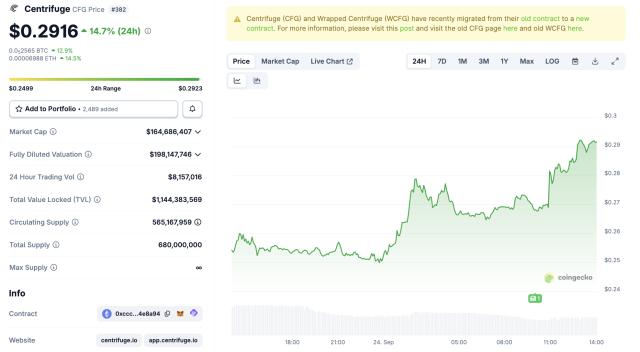 9 European banking giants issue Euro stablecoin. Photo: Crypto News
9 European banking giants issue Euro stablecoin. Photo: Crypto News
Issuing stablecoins under MiCA
- Nine leading European banks have just announced an alliance to issue a euro- Peg stablecoin , fully compliant with Markets in Crypto Assets (MiCA) regulations - the EU's key legal framework for digital assets.
- The list of founding banks includes ING, Banca Sella, KBC, Danske Bank, DekaBank, UniCredit, SEB, CaixaBank and Raiffeisen Bank International. This is the first time that a large group of banks in the region have joined forces to build a unified and legally recognized digital payment tool.
- According to the joint statement, the goal of this initiative is to create a “native” European stablecoin option , replacing the dominance of American stablecoins such as USDT and USDC , thereby strengthening Europe's autonomy in payments and digital infrastructure.
- This stablecoin promises to bring outstanding benefits:
Instant transactions, low fees.
24/7 uninterrupted operation.
More efficient cross-border payments.
Supports programmable payments and supply chain management.
Improve the efficiency of digital asset payments and financial market infrastructure.
- In parallel with this new alliance, Société Générale (SocGen) - through its subsidiary Forge - has become the first major bank to issue a euro stablecoin under MiCA. According to the announcement, this USD Peg stablecoin is called USDCV and is listed on the Bullish Europe exchange.
General plan
- The nine-bank consortium said its first stablecoin is expected to be officially released in the second half of 2026.
- In preparation, the group has established a new company in the Netherlands, aiming to apply for a license and be supervised by the Dutch Central Bank as an e-money institution.
- The consortium is also open to other banks to join, and will soon appoint a CEO, subject to regulatory approval.
- In addition to issuing stablecoins, member banks can provide value-added services such as stablecoin wallets, custody solutions and many utilities related to digital payments.
- While banks are excited about the stablecoin plan, ECB President Christine Lagarde has warned that the EU needs to fill the gaps in stablecoin law, especially for Token issued by non-EU organizations. She is concerned about the risk of a reserve run (similar to a bank run), putting great pressure on the domestic financial system without strong safeguards.
Barriers from MiCA itself
- A less-noticed but important point is that MiCA prohibits stablecoin issuers from paying interest to Token holders . The reason is to avoid stablecoins competing directly with traditional banks in mobilizing deposits. This restriction could limit the attractiveness of euro stablecoins compared to other financial products, forcing projects to find more creative ways to retain users, for example through indirect incentives, bonus Token or additional services that are not officially called interest.
- Some experts question whether euro stablecoins can really solve a new problem, when Europe Capital has a SEPA system that allows for instant, low-cost, 24/7 euro transfers. In order to avoid becoming a “redundant digital version” of the existing banking system, euro stablecoins will have to demonstrate superior value in DeFi, cross-border payments outside the EU, and digital asset infrastructure.
- On the other hand, the ECB is also developing the Digital Euro project - a form of central bank digital currency ( CBDC ). When launched, Digital Euro can compete directly with private stablecoins, because it is "public" and directly backed by the ECB.
Coin68 synthesis






